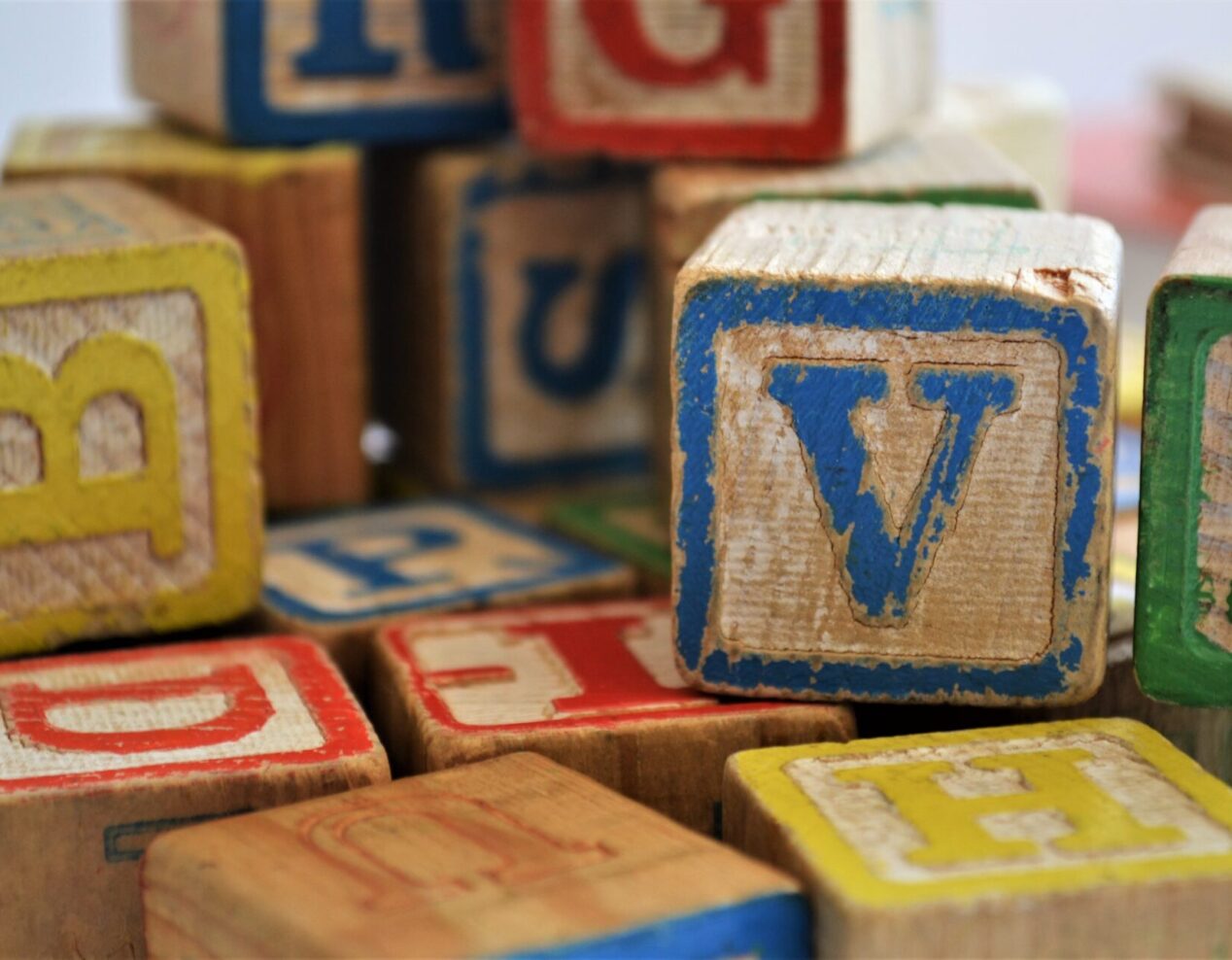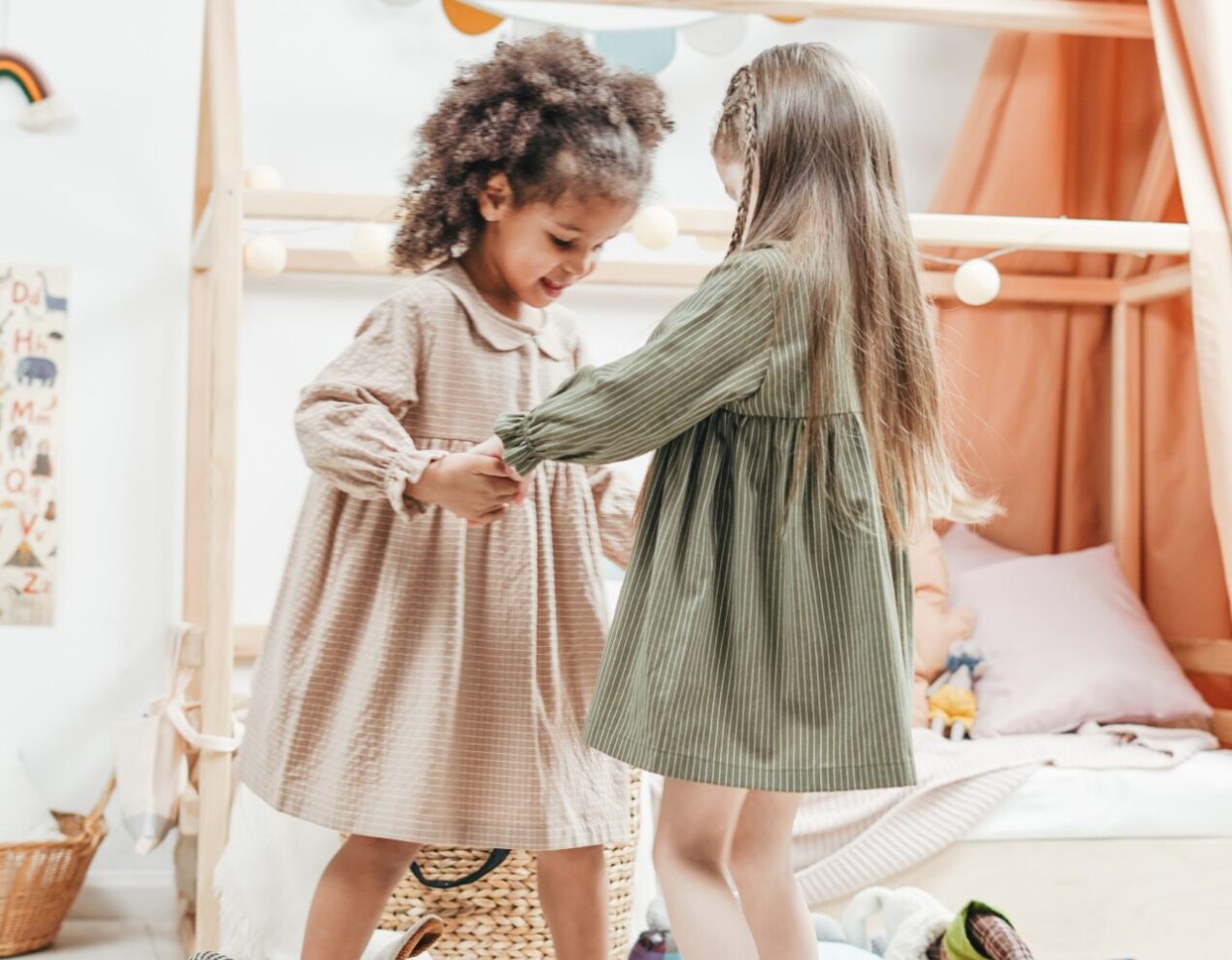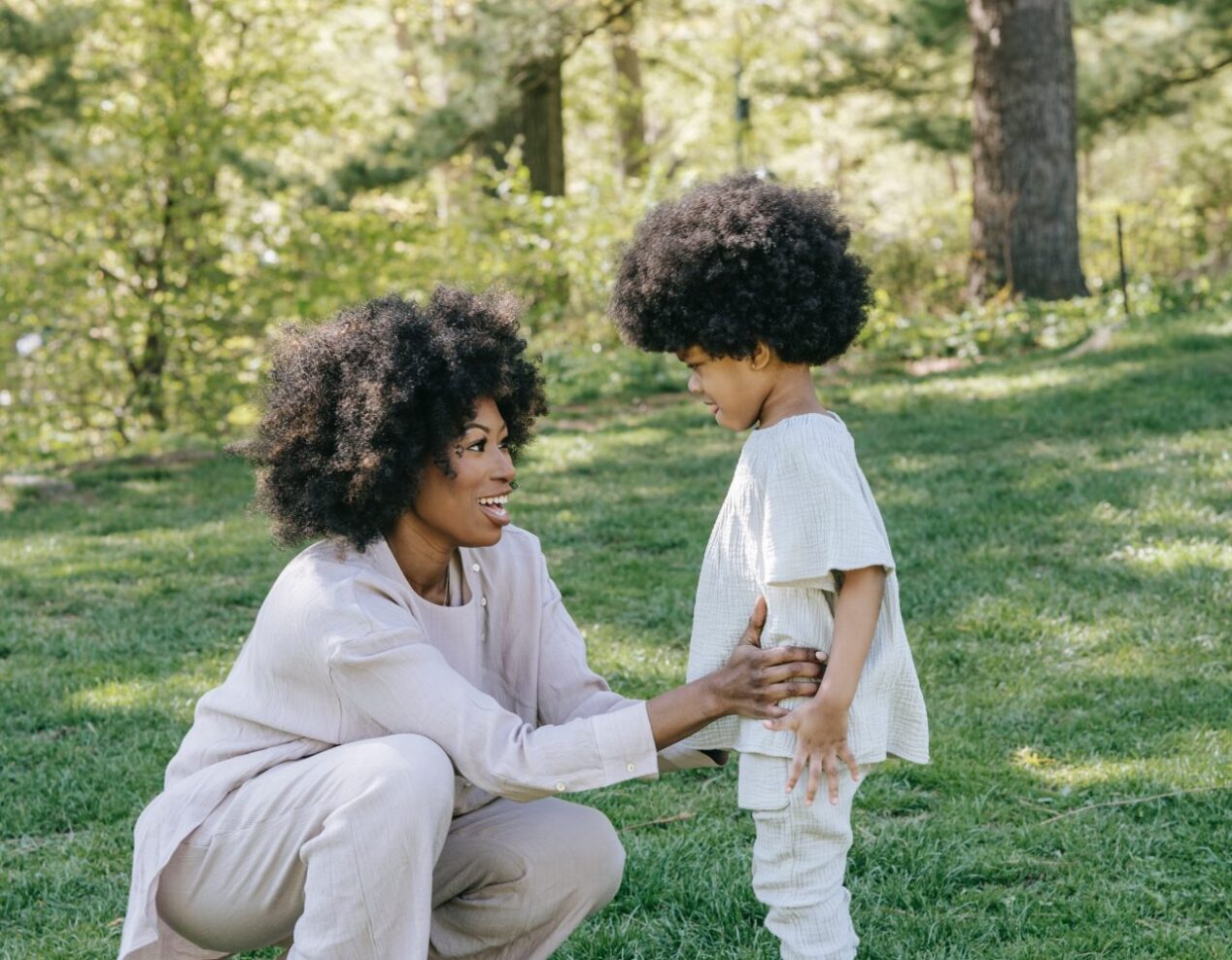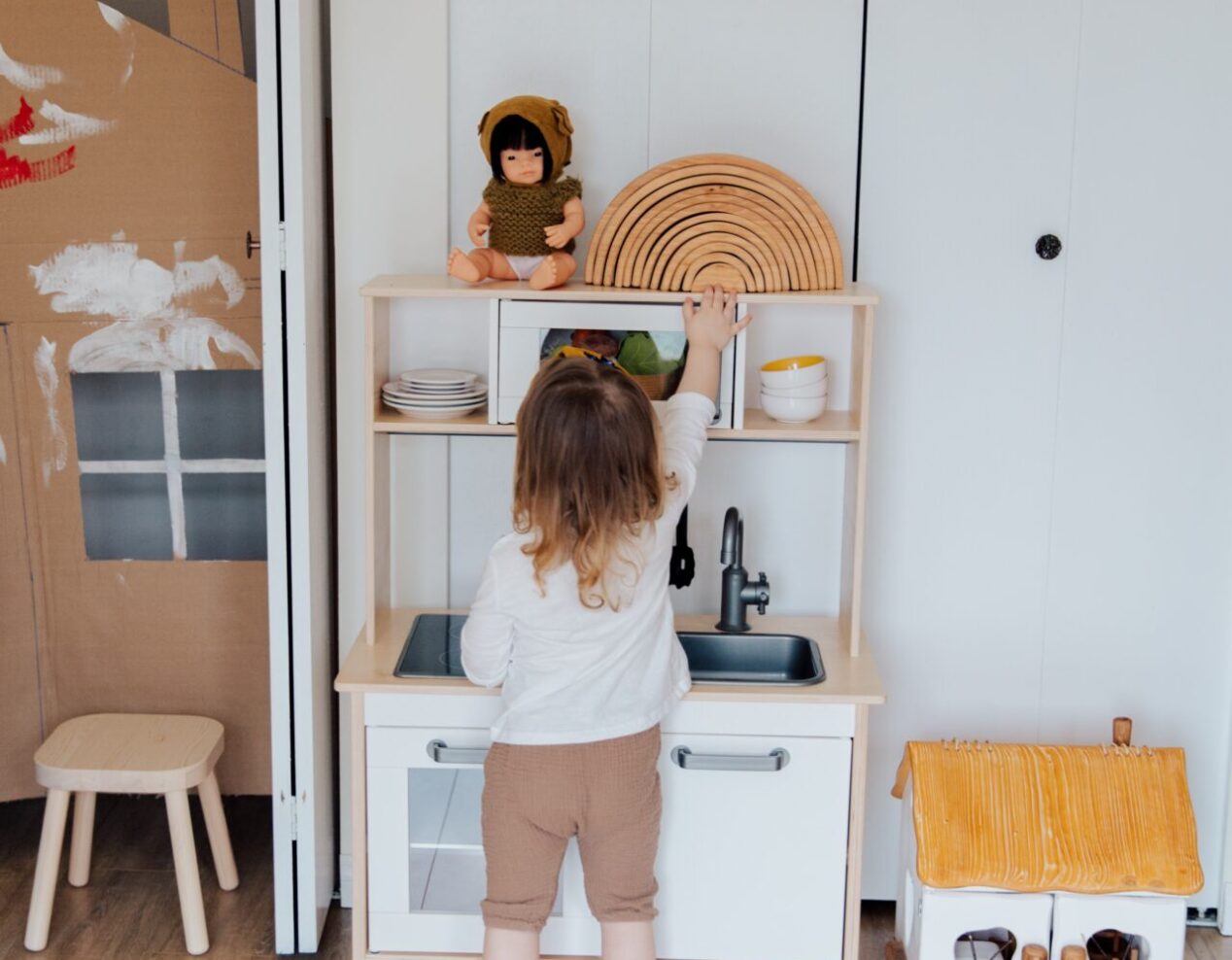Deciphering your child’s growth with toys: the timeline for stacking blocks

Simple yet incredibly effective, blocks have been a cornerstone of children’s play for generations.
While modern play trends lean towards easily connectable magnetic tiles or bricks, these can’t replicate the lessons in balance and stability that traditional blocks impart.
Decades of research have only solidified what many generations have already known: Block play, while immensely enjoyable, also acts as a conduit for invaluable learning experiences. It introduces children to physics concepts like force, cause and effect, velocity, and gravity. Beyond that, it contributes to emotional development, resilience, imagination, and enhances visual-spatial relationships, making it the first STEM toy children encounter.
“Dive into the world of block play” Parents may grapple with what to expect from their child’s engagement with block play. It’s common to dream of toddlers crafting tall towers or complex urban layouts, but these tasks are usually beyond their developmental stage. Instead, here’s a roadmap to what block play progression could look like:
A beginning with three blocks
From around 16 to 18 months, your little one may start showing the ability to stack three blocks on top of one another. This seemingly simple action requires your child to accurately balance and align each block, letting go at the precise moment to prevent a collapse.
Building towards a six-block tower
As your toddler matures to 18 to 22 months, they could be able to construct a tower of four blocks, progressing up to six blocks soon after. This stage can bring shared excitement, as collaborating on a tower construction can offer an enjoyable challenge, with the demolition providing a satisfying conclusion.
Aligning blocks in a row
Between 23 and 26 months, your child may start exhibiting a sense of precision by copying your alignment of blocks in a straight row, end-to-end. Reproducing your linear arrangement of blocks (make sure it’s visible to them) will test their patience and practice.
Engaging in imaginative block play
Upon reaching their third year, a child’s block play evolves to become more imaginative and inventive. They may start constructing more intricate structures like bridges, archways, and tunnels. They’ll likely start to categorize blocks, create paths and patterns, and may even begin narrating stories about their architectural feats.
Blocks: an enduring tool for all ages Despite their increasing age, children continue to derive benefit from playing with blocks. Their universal allure makes them an excellent resource for activities involving children of different ages. They also foster essential 21st-century skills like collaboration, problem-solving, critical thinking, and communication. Educators in preschools and early elementary stages frequently use blocks in lessons involving maths, science, language arts, and social studies.
The beauty lies in how a simple block set, so seemingly uncomplicated, can catalyze such vast developmental strides. It’s no surprise that blocks have stood the test of time – their contribution to children’s development is unparalleled by other toys.



